Jean-Marc Nattier (1688-1766)
Get a Nattier Certificate of Authenticity for your painting (COA) for your Nattier drawing.
For all your Nattier artworks you need a Certificate of Authenticity (COA) in order to sell, to insure or to donate for a tax deduction.
Getting a Nattier Certificate of Authenticity (COA) is easy. Just send us photos and dimensions and tell us what you know about the origin or history of your Nattier painting or drawing.
If you want to sell your Nattier painting or drawing use our selling services. We offer Nattier selling help, selling advice, private treaty sales and full brokerage.
We have been authenticating Nattier and issuing certificates of authenticity since 2002. We are recognized Nattier experts and Nattier certified appraisers. We issue COAs and appraisals for all Nattier artworks.
Our Nattier paintings and drawings authentications are accepted and respected worldwide.
Each COA is backed by in-depth research and analysis authentication reports.
The Nattier certificates of authenticity we issue are based on solid, reliable and fully referenced art investigations, authentication research, analytical work and forensic studies.
We are available to examine your Nattier painting or drawing anywhere in the world.
You will generally receive your certificates of authenticity and authentication report within two weeks. Some complicated cases with difficult to research Nattier paintings or drawings take longer.
Our clients include Nattier collectors, investors, tax authorities, insurance adjusters, appraisers, valuers, auctioneers, Federal agencies and many law firms.
We perform Jean-Marc Nattier art authentication. appraisal, certificates of authenticity (COA), analysis, research, scientific tests, full art authentications. We will help you sell your Jean-Marc Nattier or we will sell it for you.

Jean-Marc Nattier was a French Rococo-era painter. Nattier’s parents were both painters; his mother created miniature paintings and his father was a well-known portrait artist. Naturally, his first training came from his parents, and his natural talent was so great that he won first prize at the Paris Academy at the age of fifteen. Nattiers brother was a painter as well, but sadly took his own life after being rejected from the Academy. Nattier refused to continue his studies in Rome, but would eventually go to work and live briefly in Holland in 1717. While he was in Holland, Nattier met Catherine and Peter the Great of Russia, and painted both of their portraits. The couple was so impressed that they invited him to Russia, but he declined.


His new friendship with the Russian royals led to many commissions for Nattier from 1717-1720. Though he would eventually become known for painting mainly portraits, for these three years Nattier painted historical scenes for the Russian monarchy, like this one entitled “The Battle of Lesnaya” 1717. Nattier preferred to paint historical scenes, but due to hard times was forced to paint mainly portraits in order to make a living.
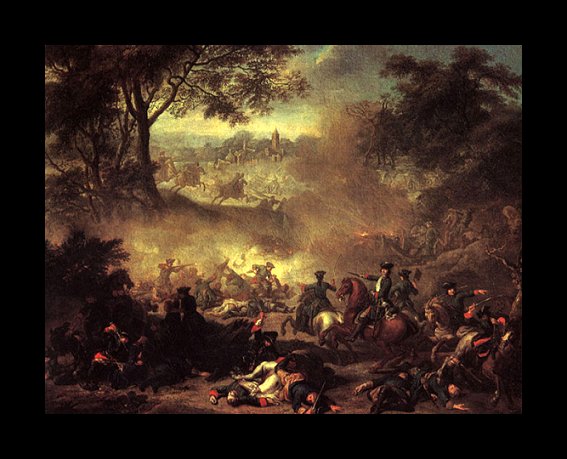
After finishing his studies, Nattier generally painted oil portraits of women in classical Greek and Roman style, working mainly in oils and pastels. Nattier was highly influenced by Rubens, which is very clear in his portraits. He was the official painter of Louise XV’s ladies of court, and generally only painted portraits of the upper crust from 1720 on. He became famous for painting his sitters as ancient Roman goddesses or classical figures. By painting his sitters as historical or mythological figures, Nattier was able to add a flair of his beloved historical paintings to otherwise ordinary portraits.
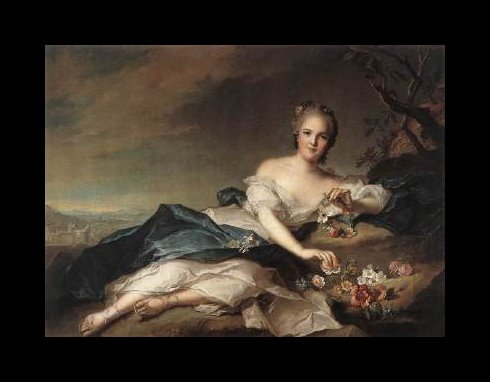
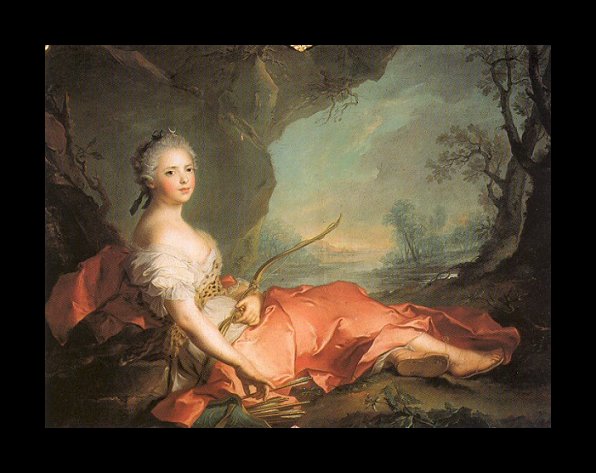

Nattier sometimes came under fire for his depictions of classical figures. When his painting “Portait of a Lady as a Vestal Virgin” was shown at the salons, he was criticized for painting his “virgin” too voluptuously.
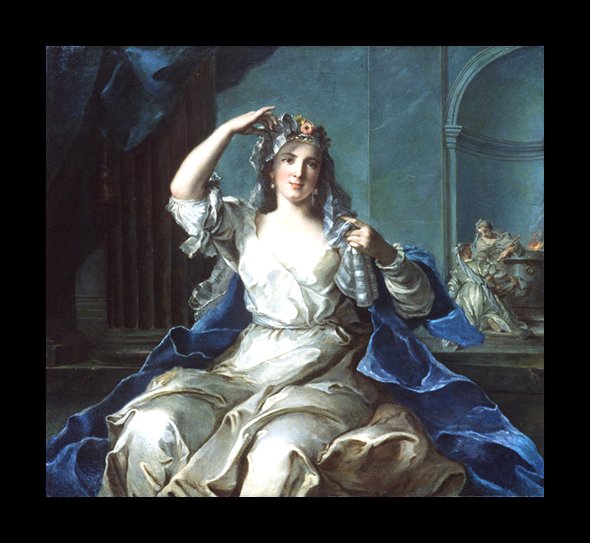
However, Nattier also painted a great deal of straightforward portraiture, his most notable being that of the portrait of Madame Maria Leszczynska.

By 1762, Nattier was forced to retire from painting due to ill health and a poor financial situation. Some art critics have said that these later paintings show signs of his growing fatigue and are not as skillfully executed as paintings created in his earlier years.


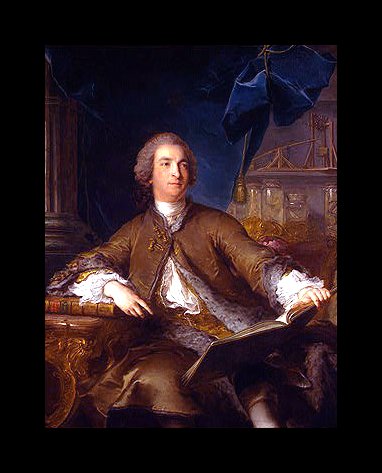
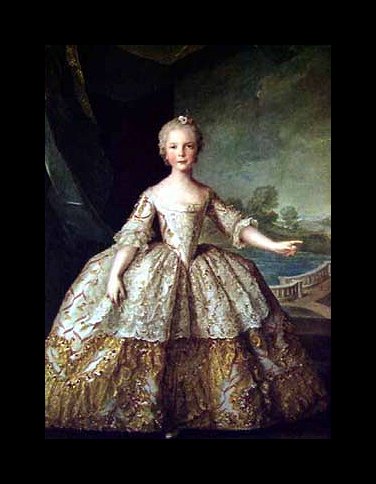
Today, many of Nattiers paintings are held in public collections all over France, including the Louvre and at Versailles, and perhaps in your own home. Still wondering about an 18th century French portrait in your family’s collection? Contact us… it could be by Jean-Marc Nattier.
Reviews
1,217 global ratings
5 Star
4 Star
3 Star
2 Star
1 Star
Your evaluation is very important to us. Thank you.
